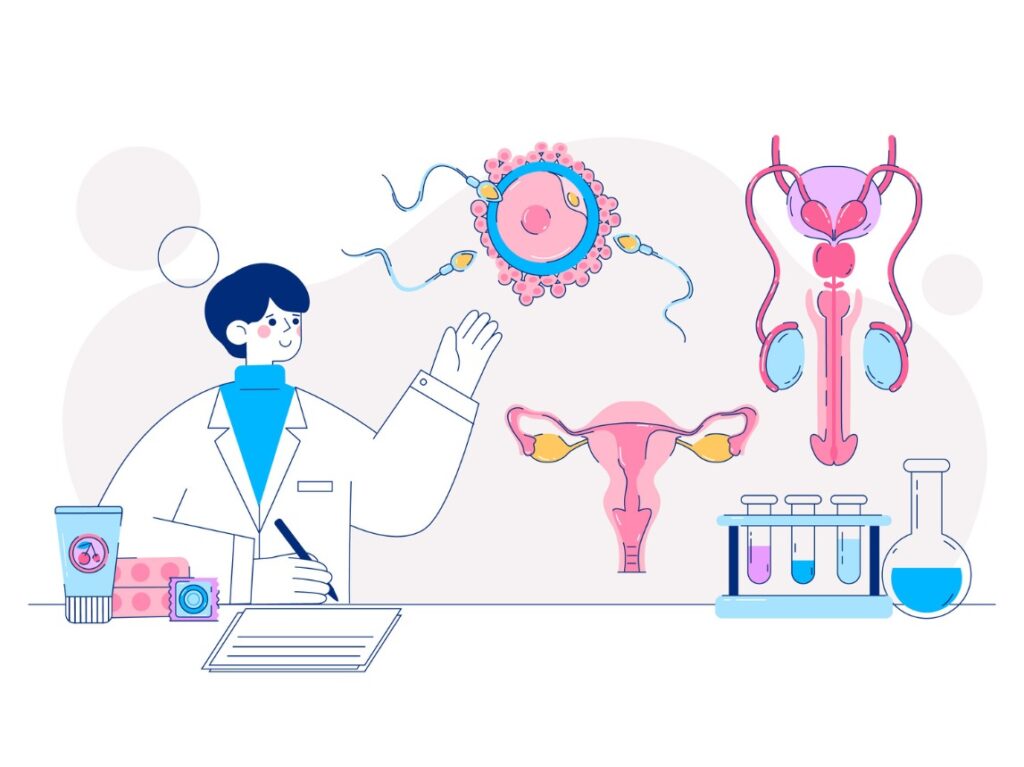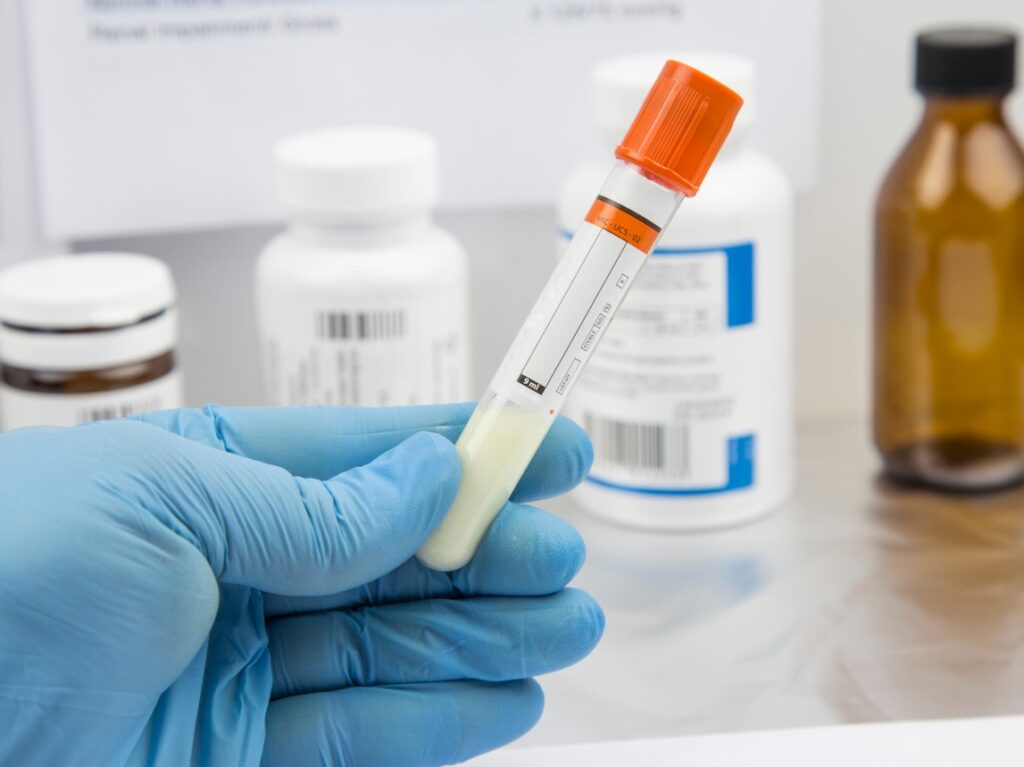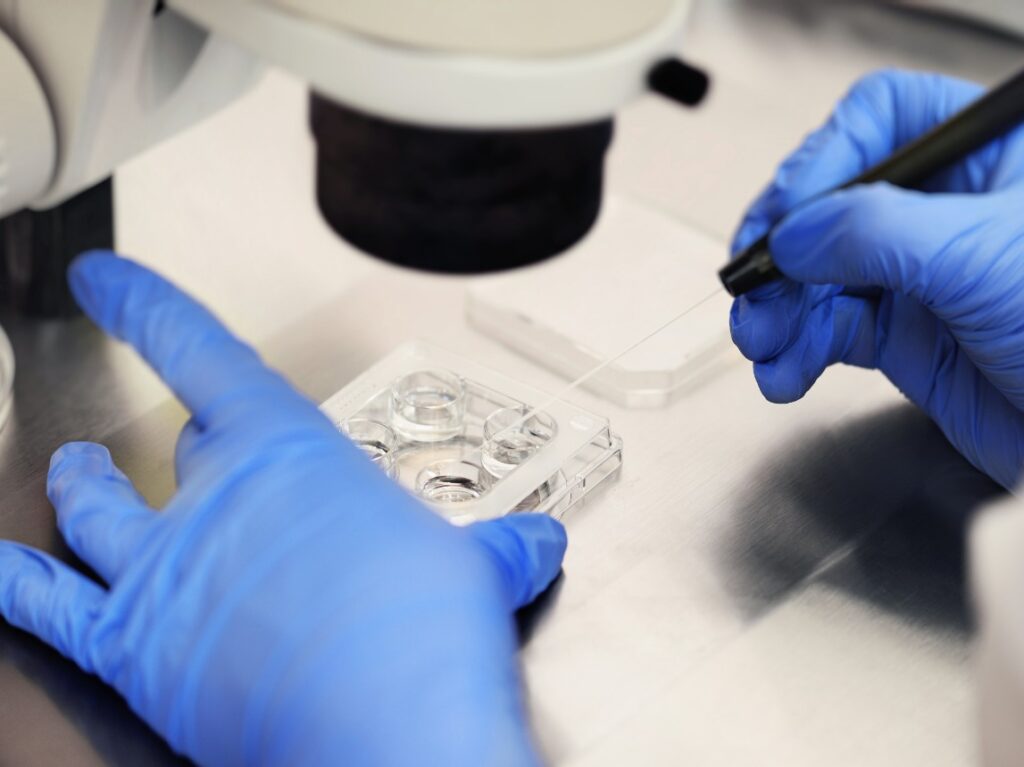How Assisted Reproductive Technologies (ART) Are Helping Couples Overcome Infertility
Infertility is an emotional journey that many couples face, but with modern medical advancements, hope is on the horizon. One of the biggest game-changers in this field is Assisted Reproductive Technology, commonly known as ART. This technology has opened new doors for couples struggling to conceive, offering various solutions to help make their dream of parenthood a reality.
What is Assisted Reproductive Technology (ART)?
In simple terms, ART refers to medical procedures used to address infertility. These techniques help by either stimulating the woman’s ovaries to produce more eggs, retrieving eggs and sperm, or creating embryos in a lab setting, which are then transferred to the woman’s uterus. The aim is to improve the chances of pregnancy for those who have difficulty conceiving naturally.

Common Types of ART
There are several types of ART available, each with its unique approach:
- In Vitro Fertilization (IVF):
IVF is the most well-known ART method. In this process, eggs are harvested from the woman’s ovaries and fertilized with sperm in a lab. The resulting embryo is then transferred to the uterus. IVF is used when other treatments haven’t worked or in cases of unexplained infertility. - Intracytoplasmic Sperm Injection (ICSI):
ICSI is used mainly for male infertility issues. A single sperm is injected directly into an egg in the lab, improving the chances of fertilization. This technique is often combined with IVF. - Intrauterine Insemination (IUI):
IUI involves placing sperm directly into the woman’s uterus around the time of ovulation. This method is often used when there are mild sperm problems or unexplained infertility. - Egg or Sperm Donation:
For couples where either the male or female partner is unable to provide viable eggs or sperm, donor eggs or sperm can be used. This is commonly combined with IVF or IUI procedures.

- Gestational Surrogacy:
In cases where a woman cannot carry a pregnancy, a gestational surrogate is used. The embryo, created using the intended parents’ or donor’s egg and sperm, is implanted in the surrogate’s uterus.
When is ART Considered?
Couples typically seek ART after trying other methods like medication or natural conception without success. Some common reasons to consider ART include:
- Blocked or damaged fallopian tubes
- Low sperm count or poor sperm motility
- Endometriosis
- Unexplained infertility
- Low ovarian reserve or poor egg quality
- Age-related fertility issues
In many cases, ART offers a promising solution, especially when conventional treatments are unsuccessful.

The Emotional Side of ART
While ART can be incredibly effective, it’s important to remember that the process can be physically and emotionally challenging. The treatments often involve multiple steps, including hormone injections, surgical procedures, and regular visits to fertility clinics. Patience and perseverance are key, as results aren’t always immediate.
The financial aspect of ART can also be significant. Treatments like IVF and surrogacy can be expensive, and not all insurance plans cover these procedures. It’s important for couples to be well-informed about the costs and success rates before beginning the journey.

Success Rates and Advances in ART
The success rate of ART varies depending on factors such as the woman’s age, the cause of infertility, and the specific treatment used. IVF, for instance, tends to have higher success rates for younger women or when donor eggs are used. The good news is that ongoing advancements in reproductive technology continue to improve outcomes for many couples.
New techniques like pre-implantation genetic testing (PGT) allow doctors to examine embryos for genetic conditions before transferring them to the uterus. This can significantly increase the chances of a healthy pregnancy and minimize the risk of genetic disorders.
Conclusion
Assisted Reproductive Technology has revolutionized the way we approach infertility. While the journey can be difficult, ART provides hope for many couples who once believed they had no options. With the right treatment plan, support from medical professionals, and a lot of patience, ART can turn the dream of becoming parents into a beautiful reality.




